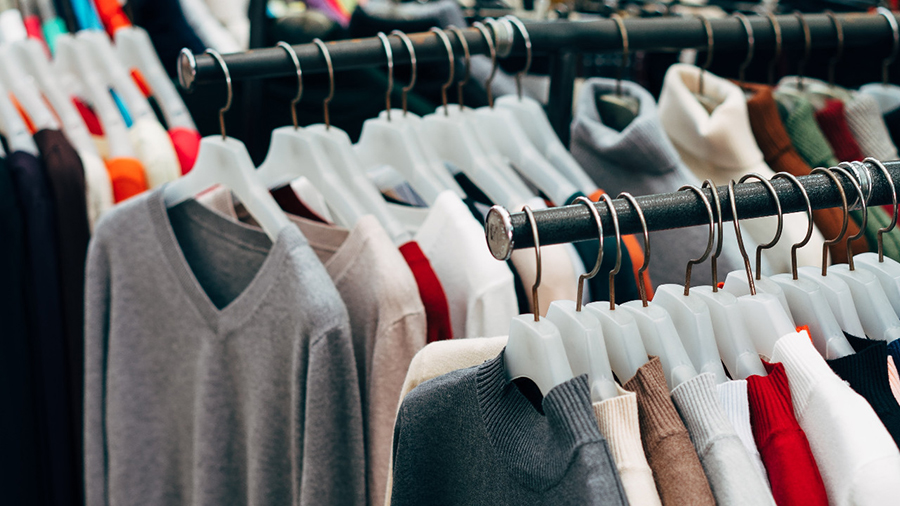E-commerce will continue to play a strong role in the apparel industry’s success, particularly while the in-store shopping experience feels different from what consumers are accustomed to, according to insights from the latest Future of Apparel report from The NPD Group. In early June, U.S. consumers told NPD that more than half of their planned apparel purchases for the next two weeks would be made online.
This is supported by NPD’s Checkout receipt harvesting research, which showed online purchase activity across key softline channels holding steady at 50 percent above pre-COVID-19 levels in the first half of June even as store activity increased.
“The pandemic forced an increase in online shopping out of necessity, and the result was a stronger connection with the apparel consumer,” said Maria Rugolo, an apparel industry analyst at The NPD Group. “Consumers have embraced new shopping habits.”
U.S. apparel has been one of the hardest-hit general merchandise categories during the pandemic, with year-over-year dollar losses nearing 45 percent in the three months ending May 2020. But online shopping has been an increasing source of optimism as apparel e-commerce unit sales increased 30 percent compared to last year, and dollars grew 4 percent. Brick & mortar stores are reopening, restoring the consumer’s ability to touch and feel clothing before making a purchase, but the shopping experience will feel different. Some stores will restrict dressing room access, and some consumers don’t yet have the comfort level to try on clothes in-store. In May, nearly a third of consumers said they would be uncomfortable with shopping in a store once stay-at-home orders related to the pandemic were relaxed.
Every retail channel has seen online unit growth during the pandemic, but much of apparel’s online momentum during the pandemic has come from the mass and athletic specialty channels. The consumer’s ability to utilize BOPUS options at mass merchants that remained open throughout the pandemic and their interest in functional and comfortable clothing resulted in their buying more and spending more through the e-commerce platforms of these channels. Mass merchant and athletic specialty channels have reached online sales that are approximately double last year’s results.
“Online shopping is one of many new behaviors and routines developed while under stay-at-home restrictions that are likely to have some staying power, but brick & mortar retail can continue to bridge the consumer confidence gap with things like improved contactless services, sanitizing practices and personal appointments,” added Rugolo. “Consumers have demonstrated their continued willingness to spend on specific apparel items during the pandemic while adapting to new ways of shopping and while we navigate the road back to some normalcy, apparel retail will need to adapt as well.”










